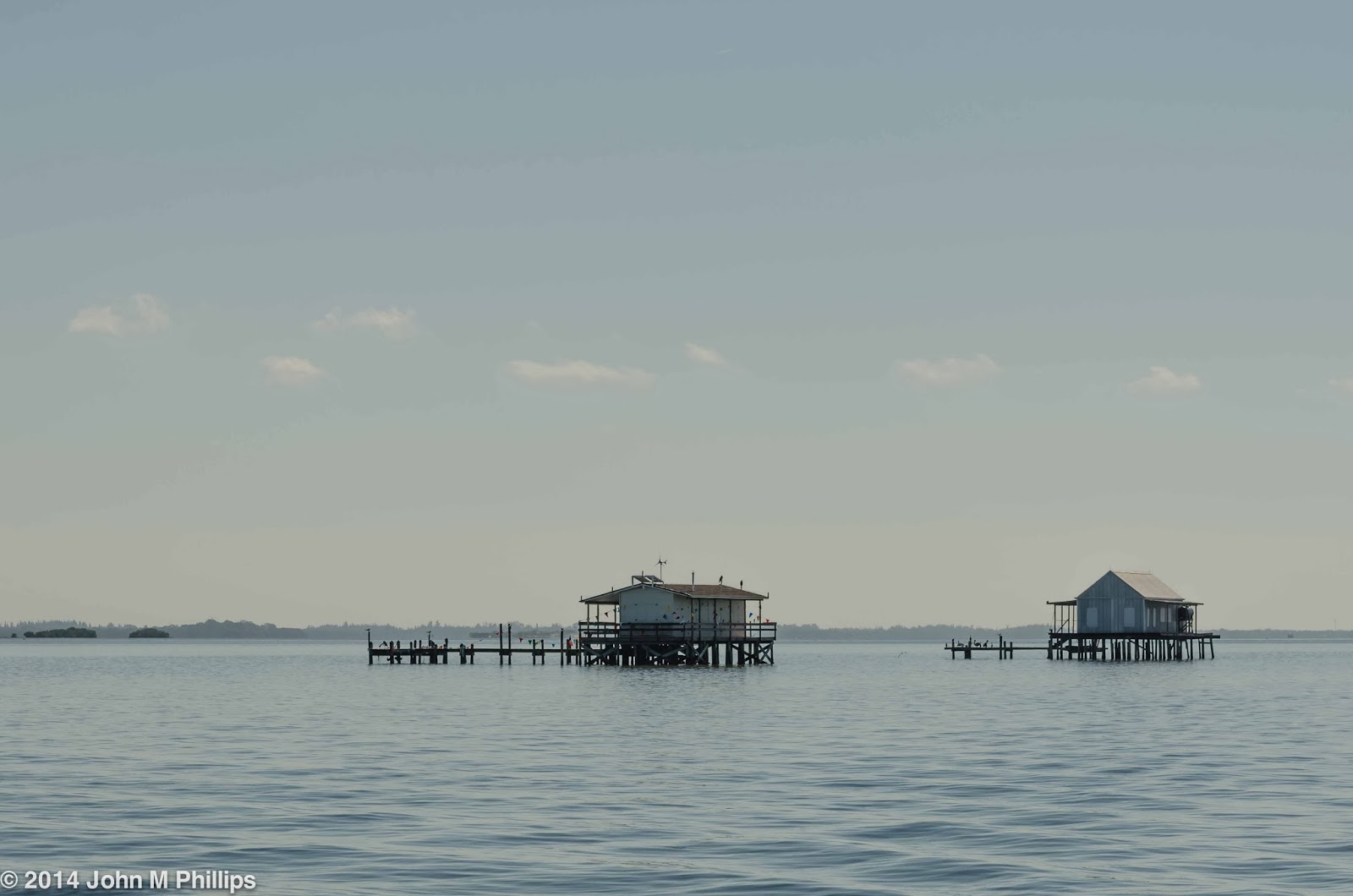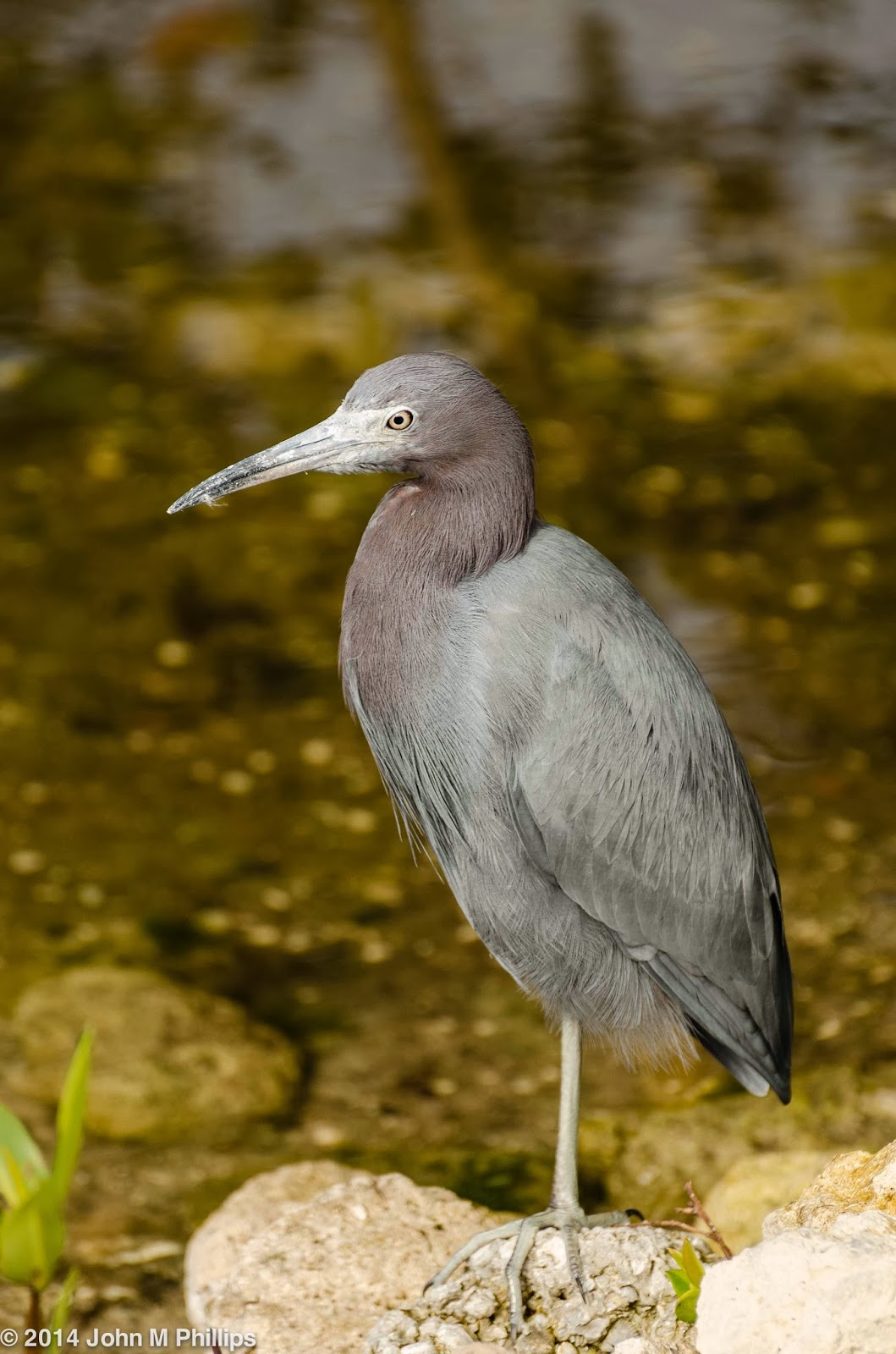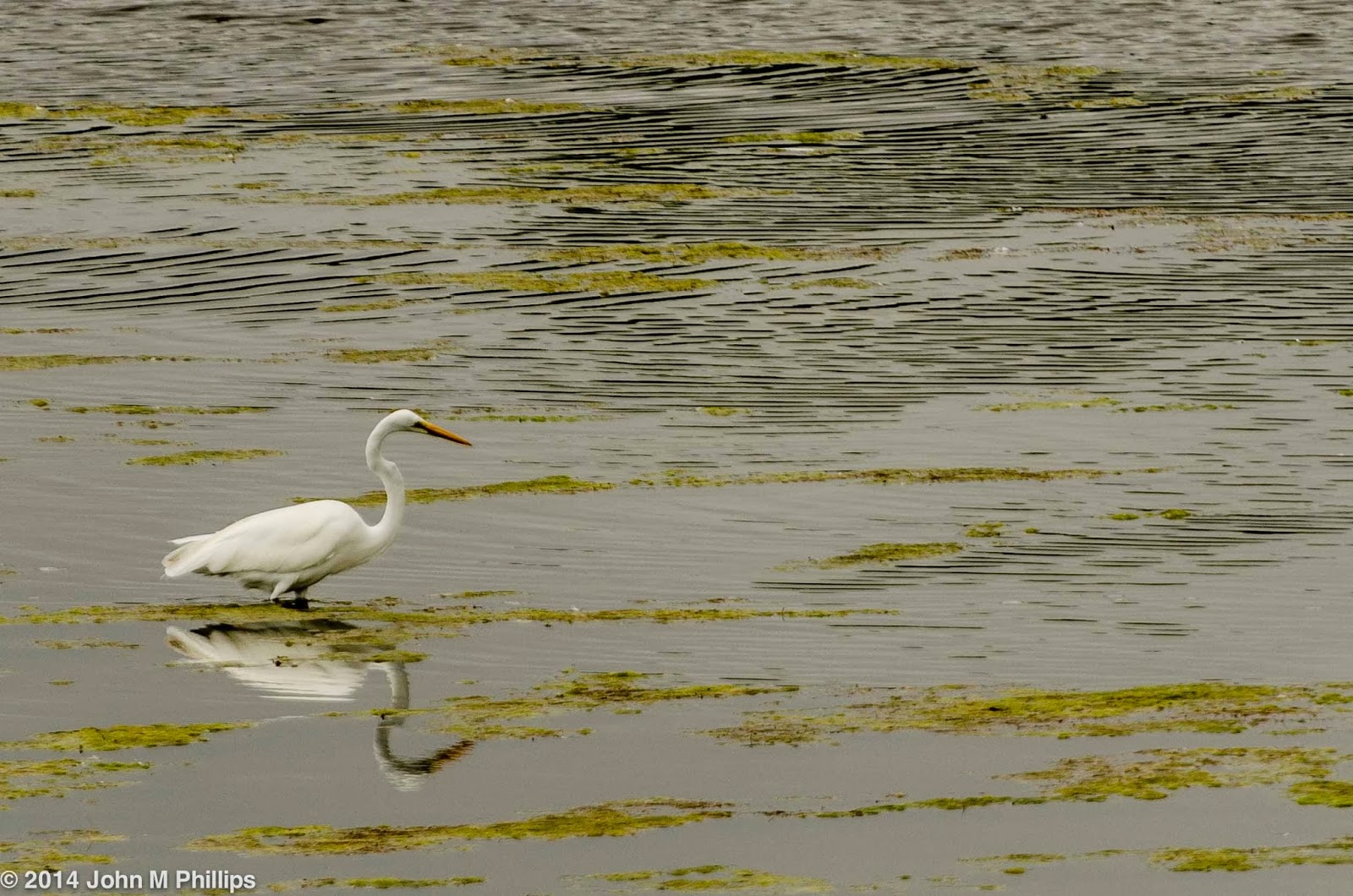Our good friends, the Deans, invited us to spend some time with them at their place on Captiva Island in Florida, and we would have been fools to decline, especially given the winter we have been having in Wisconsin. Of course, I took my camera along. So the next few posts will feature some photos I took while we were soaking up some sun in Florida.
There are major differences between Wisconsin birds and Florida birds that even I can discern. For one thing many of them are much larger. For another, they seem a lot more plentiful, at least at this time of year. So I actually took some bird photos, something I am not generally good at. In any case, here are some of the shots that I got, beginning with a brown pelican.
Another thing about these Florida birds: They seemed content to sit much of the time. This is another of the problems I have with wildlife photography--I am reluctant to take the shot, trying to wait for just the right moment, and more often than not the bird or other animal gets tired of waiting and takes off, so I get nothing.
The next photo is of a reddish egret.
How did I know these birds' names? Not because I studied up. Rather, I had the kind and patient help of my friend Larry Dean who has a tremendous knowledge of all things avian.
One of the places we visited a couple of times was the J.N. "Ding" Darling National Wildlife Refuge located on the neighboring island of Sanibel. Here there were birds in great numbers, although many seemed content to sit in or around the tidal estuaries at great distances from my camera. Even so, I did get some shots, including these of white pelicans.
White pelicans are big birds, dwarfing the little dunlin that is scurrying by in front of them. It looks like he is hoping not get noticed.
I call the following shot "Waiting for the Show to Start."
The white pelicans in the foreground seemed to have gathered to watch the white bird that is showcased in the center of the image. Unfortunately, I had the lens set at a wide open aperture and focused on the pelicans, leaving the bird in the background out of focus.
I also got a few shots of a great white egret. I took this first one at pretty close range, from a distance of less than 20 feet. I had started taking shots of the bird at about 50 feet and just kept moving closer until it finally got suspicious and flew off.
I had positioned myself so that the background behind the egret was dark. That was great for setting off the bird but made it a bit of a challenge to get adequate detail in the bird's body in post processing. I did like how the feathers in the narrow area between the bird's neck and shoulders are backlit.
Here is another shot of a great white egret taken at a considerably greater distance.
I know the bird is small in the image and that its reflection in the water is disturbed by the breeze that was blowing. But I did like the texture that the water and algae(?) in the estuary added to the photo, in effect acting as negative space. I thought this was one of the better bird shots that I got from an overall compositional standpoint.
On one of our days we took a cruise to a neighboring island, and I got a shot of a cormorant that we passed. Not a great shot, but the boat was moving pretty fast at the time, so I felt lucky to have gotten what I did.
We also spotted an osprey that had caught a fish and had taken it to a large snag on Pine Island.
I realize that this isn't a great shot either from a technical standpoint, but the bird was at a considerable distance from my camera, and I only had my 24-120 mm lens. So this image includes a substantial amount of cropping. But you can easily see the fish lying at the osprey's feet.
One of birds that I was able to capture at close range was a willet that was pacing up and down the edge of one of the ponds in "Ding" Darling. The bird simply didn't seem distressed by how close we were (at perhaps 20-30 feet).
One thing about this guy was that he (or she) had some sort of problem with his right leg. It never passed in front of his left leg, so it looked like he was doing an imitation of a small boy on a hobbyhorse. Initially, I thought this was just his M.O. for catching whatever it was he was hunting, but then realized that to was a disability. From the looks of him, though, he seems to be doing just fine.
My favorite shots were of a wood stork who was also foraging along the shore of one of the tidal estuaries. He also seemed comfortable having humans as close range.
Because this bird was between me and the sun, lighting was both an advantage and a disadvantage. The disadvantage was that wood storks are blessed with very dark heads to accompany their mostly white bodies. This makes it very difficult to lighten the bird's head sufficiently to get some detail without overexposing the remainder of the image. Post processing helped here. The advantage was that the sun's position helped create very good light for the rest of the image. I liked that the stork's reflection in the water, combined with its humped back, gave the sense of a circle.
Here is another shot of the stork that also featured nice light--and color--for the water.
The stork finally got tired and took off. I managed to get one final shot of it in flight. Unfortunately, it was flying away rather than toward me, so it appears headless in the photo. But it did inform me that wood storks have primarily black wings, something not evident when the bird's wings are folded.
I didn't have much time to get this photo, obviously. If I had been thinking I might have tried to center the shot better to leave some space beneath the bird's reflection in the water. But, hey, I felt good about finally getting any sort of decent shot of a bird "on the fly."
John




















































